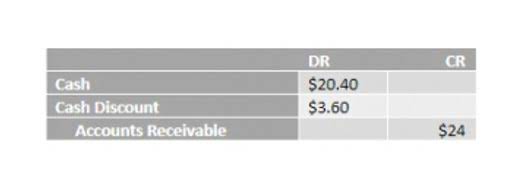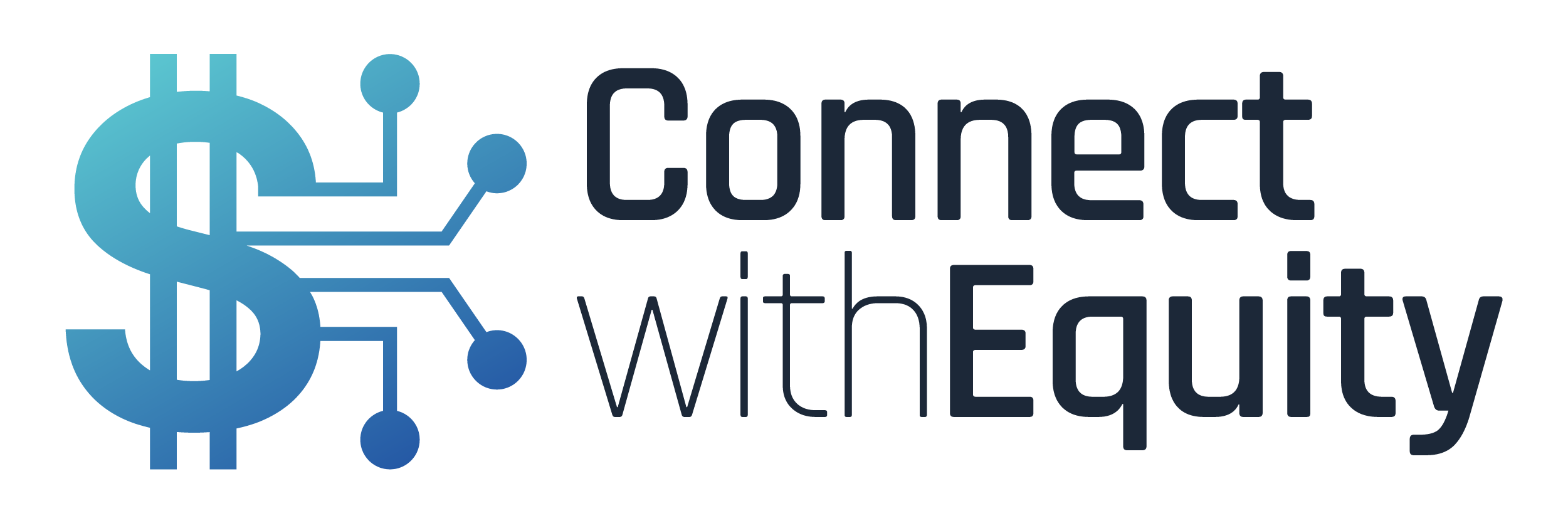
But finding the organizational spot where decision costs are minimal is only part of the battle. You still must https://www.bookstime.com/ deal with the fact that those imbued with decision authority are invariably motivated by their own sets of personal and professional goals—some of which inevitably are inconsistent with those of the organization. “If I know someone in the organization’s lower levels can make a tough call that won’t affect other parts of the company, then it’s their call,” says Nick Pudar, director of planning and strategic initiatives at General Motors. OVIS helped “unstick” the organization and facilitated a dramatic increase in decision-making efficiency. Whatever their goals, private enterprises and government agencies alike face unrelenting pressure to make timely choices. For private-sector firms, rapid decision making is crucial to meeting customers’ expectations, responding quickly to competitive pressures, and adjusting to evolving market dynamics.
About Deloitte Insights

Some practitioners and organisations, including the OfS, advocate using experimental methodologies including randomised control trials and quasi-experimental designs whenever feasible (OfS, 2019; Younger et al., 2018). For example, other practitioners opt for theory-based and interpretive models for evaluation that focus on examining the lived experiences of communities and students (Austen, 2022; Clements & Short, 2020; Formby et al., 2020). Others support using praxis-based frameworks for evaluation that centre on practitioner expertise and knowledge (Hayton & Bengry-Howell, 2016). Rather, they highlight the variety of values underscoring how practitioners may choose to implement evaluation of their activities and the potential conflicts between the epistemic values advanced by the evaluation system and the personal epistemic values of practitioners (Schwandt & Gates, 2021). They also illustrate the various levels of capacity and expertise required to implement different evaluation methods (TASO, 2023).
- How a company decides who is authorized to make what types of decisions can have a profound effect on its business, both in terms of everyday effectiveness and the bottom line.
- The authors bring their framework to life using decisions that executives at McDonald’s might need to make—from the very clear-cut (choosing a site for a new store in the United States) to the highly uncertain (changing the business in response to the obesity epidemic).
- The top team will decide what decisions are big bets, where to appoint process leaders for cross-cutting decisions, and to whom to delegate.
- Alternatively, other aspects of the evaluation process (as opposed to evaluation findings), including theory of change development, provide opportunities for practitioners to reflect on their programme development.
- Although interviewees have their epistemic values, data is shared across the organisation depending on how practitioners perceive the epistemic values of their managers.
- Sometimes, an organization may want certain decisions to be made by groups, not by individuals.
Pricing and Revenue Management

These plans enable institutions to operationalise national-level policy into the institutional form, fixed assets describing their organisational imperatives to deliver and evaluate their WP programmes to meet their targets (Rainford, 2019). Swelling stockpiles of data, advanced analytics, and intelligent algorithms are providing organizations with powerful new inputs and methods for making all manner of decisions. Corporate leaders also are much more aware today than they were 20 years ago of the cognitive biases—anchoring, loss aversion, confirmation bias, and many more—that undermine decision making without our knowing it. Some have already created formal processes—checklists, devil’s advocates, competing analytic teams, and the like—to shake up the debate and create healthier decision-making dynamics. We started to built our DRF by identifying the critical decisions that could expose the company to legal or financial risk and assigned those decision rights to members of the leadership team.
Within Diversity, Equity, and Inclusion

“Because they lacked sufficient information,” he says, “these managers were making highly disruptive decisions about work allocation and subsequently had to spend much of their time quelling the resultant flare-ups. Those they managed were much better positioned to make such decisions themselves.” Learn about Deloitte’s offerings, people, and culture as a global provider of audit, assurance, consulting, financial advisory, risk advisory, tax, and related services. Deloitte Insights delivers proprietary research designed to help organizations turn their aspirations into action. Deloitte Insights delivers proprietary research designed to help organizations turn their aspirations into action. This research was funded by the Economic and Social Research Council (ESRC) through a 1 + 3 PhD studentship at the University of Bristol.
- Flexible Work Models are ways of working that give employees greater freedom to decide where, when, and how to collaborate with one another and to interact with customers.
- Therefore, as this paper argues, it is important to build on our understanding of the complex interplay of values at an organisational level, directed through the evaluation system, and at the individual level, influencing how staff within HE providers enact their WP policy and evaluation.
- The company believed that its U.S.-based executives would be more effective in making pricing decisions because they had a broader purview of the company’s needs.
- In complex organizations, there can be a tendency to prioritize decision-making with reduced accountability over ensuring the accuracy and effectiveness of choices.
- The organization demonstrated early traction with digital products but faced several problems completing the transformation of its business model—including challenges related to advertising and profitability, friction between departments accustomed to operating in silos, and slow execution.
- Consequently, there are calls for more critical reflection on how values influence evaluation practices (Hall et al., 2012; Schwandt & Gates, 2021).
- Some important enterprise-level decisions must rest with C-suite executives or others in top management positions.
A background to widening participation policy and evaluation in English HE
To do this, the group should have a charter that articulates its mission, with the full endorsement of the organization’s senior leadership team. The decision making framework organization should also establish individual and team incentives for the group that support the common mission. Our diverse, global teams bring deep industry and functional expertise and a range of perspectives that question the status quo and spark change.
Sampling strategy and rationale

Despite the limitations, the findings of this study align with findings from other fields including evaluation (Teasdale et al., 2023), organisational behaviour (Arieli et al., 2020), and public management (Van der Kolk, 2022b). Whilst presented here in the context of English HE and the policy of WP, the findings may be useful for informing evaluation policy development and enactment across other HE providers outside of England. Broadly speaking, the implications of ignoring the valuing process within evaluation can lead to an increase in bureaucratic capture. Therefore, it is imperative that the sector critically assess the values that are driving the development of evaluation systems (Schwandt & Gates, 2021). Regulators of HE and senior leaders within HE providers responsible for their WP agenda should explore how they could adopt a more deliberative and democratic approach to developing WP evaluation policies and standards.
- Whatever their goals, private enterprises and government agencies alike face unrelenting pressure to make timely choices.
- The framework establishes and supports transparent decision rights, resulting in faster decision-making speed—which ultimately helps organizations meet their strategic objectives, such as hitting revenue targets or completing organizational transformations in a timely manner.
- A popular proverb says that those who want to go fast should go alone; those who want to go far should go together.
- We’d argue, though, that today’s organizational complexity and rapid-fire digital communications have created considerably more ambiguity about decision-making authority than was prevalent 50 years ago.
- Moreover, the Senior Leader in the Post-1992 University believes the approach from the OfS has led to a more concise focus on equality and equity, which has been led from the top through the Vice-Chancellor who supports their goals.
- Different people at different levels in an organization will have different perspectives and will be looking at things through the lenses of different timelines.
What are decision rights tools?
This practice of pooling individual decisions for the CEO’s ultimate signoff was not only slow—many decisions were delayed as their individual components made their way up the chain of command—but also did not allow the functional leaders to take each other’s perspectives into account. To speed the decision-making process, the organization identified what decisions had to be made, determined which ones were most critical to the outcomes they cared about, and analyzed how these decisions were currently being made. They then assigned decision-making accountability to specific people or cross-functional groups, highlighting decisions for which they deemed it essential to bring cognitive diversity—diversity of thought—to foster innovation and get drugs to market more quickly. The common mission, communicated by the CEO as a strategic “must win” priority and reinforced through changes in bonuses and goals, was to speed up and improve the drug development process by making timely decisions in an integrated manner.

Leave a Reply